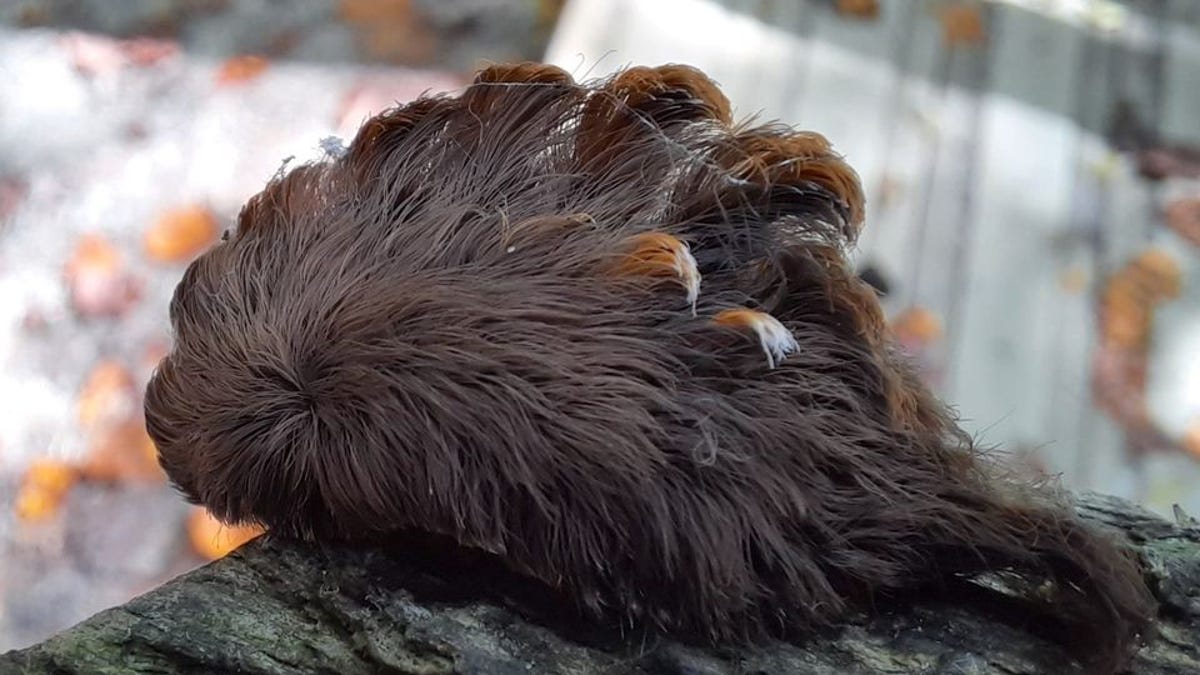Beware the toxic toupee: Hairy, venomous caterpillar spotted in Virginia
The puss caterpillar might look like a hairpiece with insect legs, but it's covered in venomous spines that can cause intense pain and vomiting if touched.

That's no hairpiece. Stay clear of the hairy-looking puss caterpillar.
Move over, murder hornets. There's another creature in town people should stay clear of. Multiple sightings of a hairy, venomous caterpillar have been reported in eastern Virginia this week. That's unusual since the caterpillar usually appears in more southern states such as Texas and Missouri.
The puss caterpillar as it's known in its larvae form (it's the southern flannel moth in its adult form), is regarded as one of the most venomous caterpillars in the US.
The fluffy creature, which looks a bit like a human hair toupee, may initially appear harmless, but it's nothing to laugh at.
"There are little hollow hairs in that fluffy, hairy material," Theresa Dellinger, a diagnostician at the Insect Identification Lab at Virginia Tech University, told CNN. "It's not going to reach out and bite you, but if someone brushes up against that hair, it'll release toxins that you'll have a reaction to."
The hollow spines of puss caterpillars have a venom gland at the base. All larvae, as well as its exuviae (sloughed-off outer skin), can sting. The toxicity of the sting increases depending on the size of the larvae.
The sting produces an immediate intense burning pain followed by the appearance of a red grid-like pattern on the skin. Sometimes swollen or enlarged lymph nodes will follow.
"It felt exactly like a scorching-hot knife passing through the outside of my calf," Crystal Spindel Gaston of Richmond, Virginia told The Daily Progress after being stung by a puss caterpillar spine. It took three days for her skin to recover.
Other reactions to the sting include headache, fever, nausea, vomiting, tachycardia, low blood pressure, seizure, abdominal pain, muscle spasms and convulsions. Some people react more severely to stings than others.
"Social distance away from this caterpillar," Virginia Department of Forestry posted on Facebook this week.
If you want tips on how to avoid these pain-dispensing caterpillars, the Department of Forestry has a few suggestions.
"The caterpillars eat oak and elm leaves, but they can be found in parks or near structures," the VDOF posted. "If you find the caterpillar, leave it alone and let its natural enemies control their populations. There are a number of other insects that will prey on them at different stages of their life cycle."

